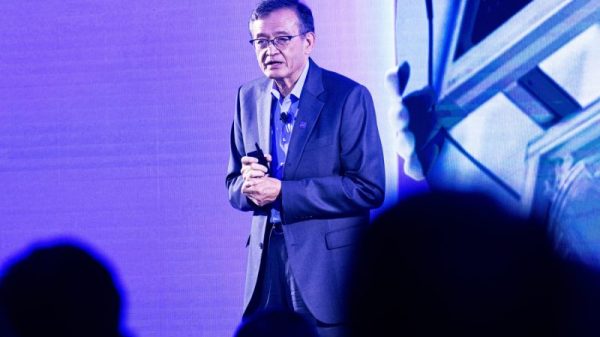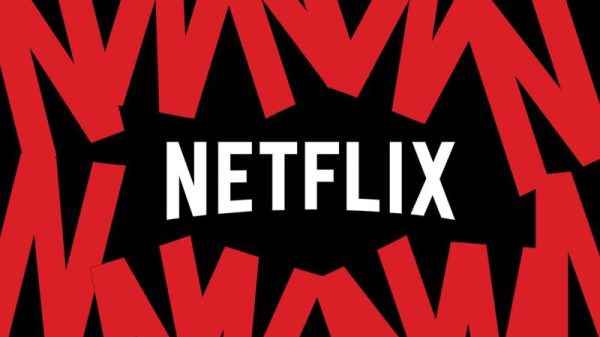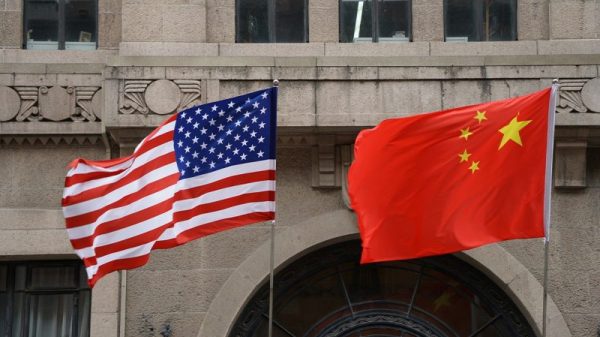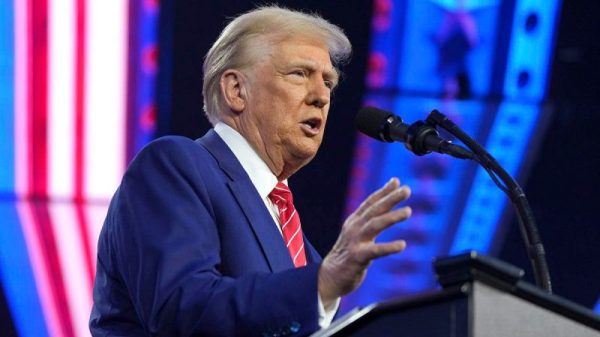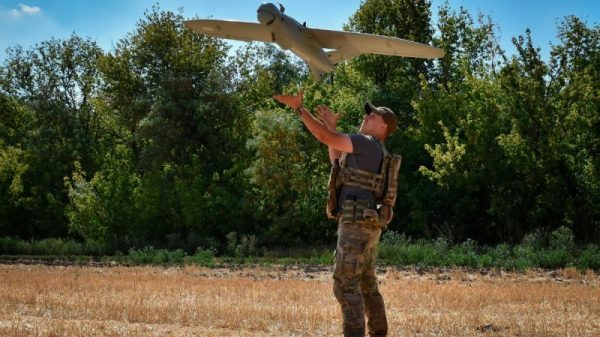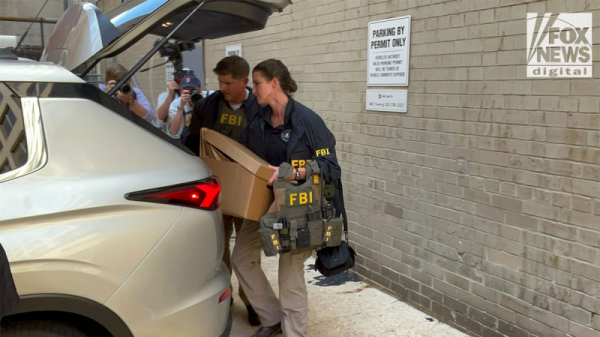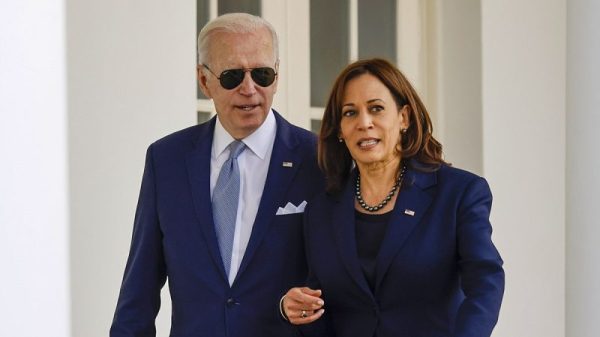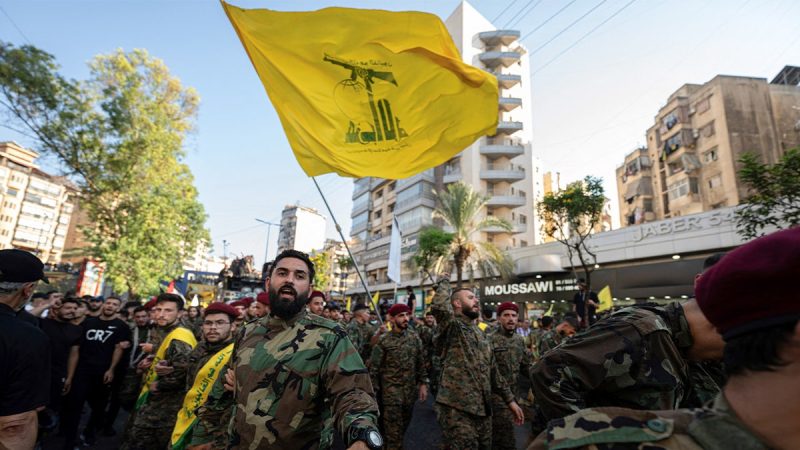In the tumultuous landscape of the Middle East, where regional powers vie for strategic dominance, the threat of conflict between Israel and Iran looms large. The intricate web of alliances and rivalries threatens to escalate into a full-blown war, with potentially catastrophic consequences for the entire region and beyond. At the center of this political tinderbox lies Hezbollah, the Lebanese militant group with formidable capabilities that have the potential to tip the scales in any future confrontation.
Hezbollah, a Shia Islamist political party and paramilitary organization founded in the 1980s during the Lebanese civil war, has grown into a powerful player in the region. With its close ties to Iran and Syria, Hezbollah wields significant influence in Lebanese politics and possesses a well-equipped and battle-hardened fighting force. This has earned it the reputation of being one of the most effective and well-organized non-state actors in the world, with the ability to project force far beyond its borders.
One of the key factors that make Hezbollah a formidable player in the Israel-Iran equation is its vast arsenal of rockets and missiles. It is estimated that Hezbollah possesses tens of thousands of rockets, some of which have the capability to strike deep into Israeli territory. This stockpile poses a significant threat to Israeli population centers and critical infrastructure, potentially causing widespread destruction and casualties in the event of a conflict.
Furthermore, Hezbollah’s experience in asymmetric warfare, gleaned from decades of fighting against Israeli forces in Lebanon, gives it a strategic advantage in any potential conflict. The group’s well-trained and disciplined fighters, coupled with its intimate knowledge of the difficult terrain in southern Lebanon, could prove to be a formidable challenge for the Israeli military, which is more accustomed to conventional warfare scenarios.
Additionally, Hezbollah’s sophisticated intelligence-gathering capabilities and network of operatives across the region provide it with valuable information on Israeli military capabilities and intentions. This allows the group to adapt its tactics and strategies accordingly, making it a highly adaptable and elusive adversary for Israeli security forces.
Moreover, Hezbollah’s close relationship with Iran, its primary sponsor, adds another layer of complexity to the Israel-Iran dynamic. Iran views Hezbollah as a strategic asset and a key player in its regional ambitions, using the group as a proxy to project power and influence across the Middle East. Any conflict involving Hezbollah would likely draw Iran into the fray, further exacerbating tensions between the two longstanding adversaries.
In conclusion, Hezbollah’s role as the x-factor in the looming Israel-Iran war cannot be underestimated. With its potent military capabilities, battle-hardened fighters, and extensive support network, Hezbollah has the potential to have a significant impact on the outcome of any future conflict. As the situation in the Middle East remains precarious, the role of Hezbollah will continue to be a critical factor in determining the course of events in this volatile region.






